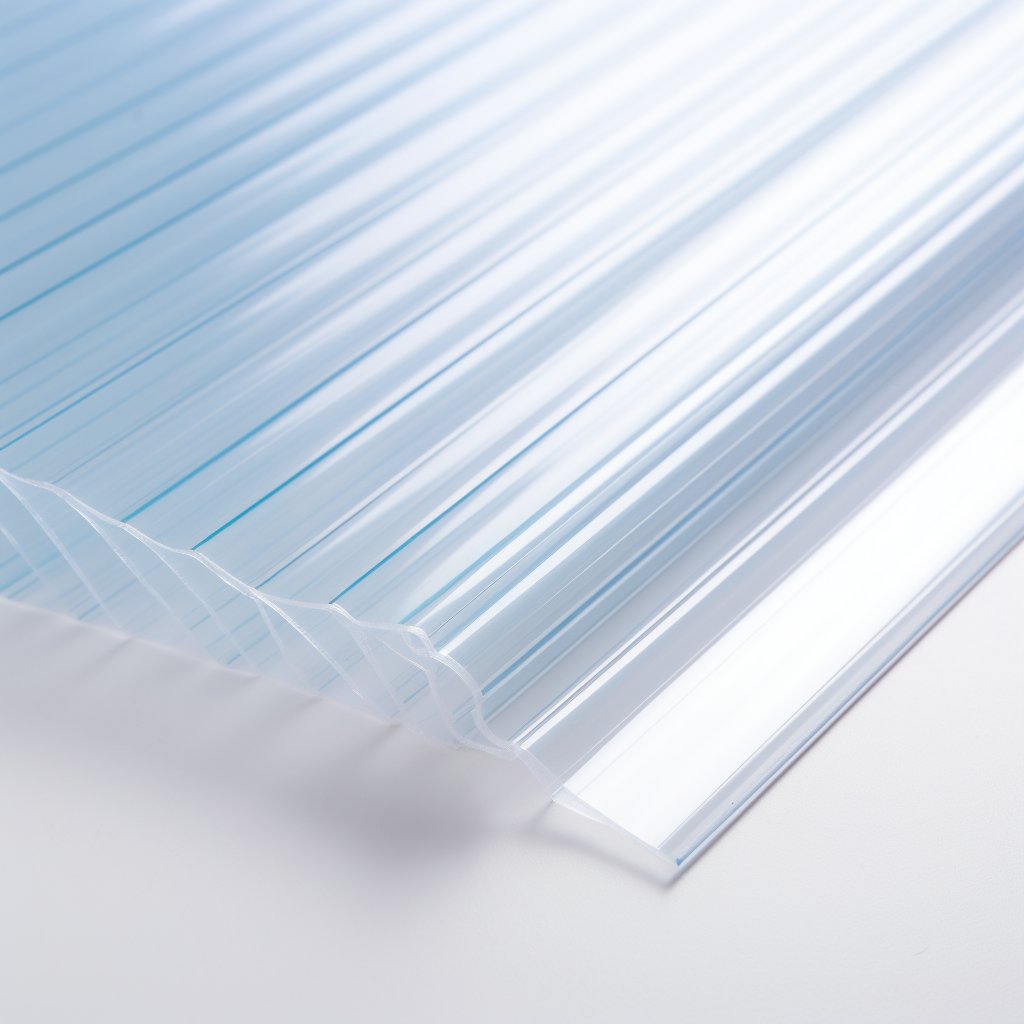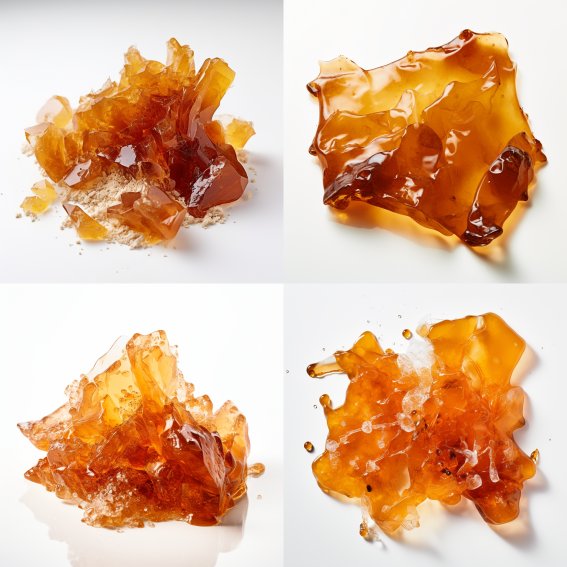Silicon: Properties, Applications and Sustainability
Silicon is a versatile material with a wide range of applications in various industries, including electronics, solar energy, and medical devices. Its unique material properties and durability make it an indispensable component in modern technology. However, the production of Silicon can have a significant environmental impact due to its energy-intensive manufacturing process. New silicon recycling technologies have gained momentum in recent years, offering a more sustainable solution for producing this material.
The history of silicon dates back to the early 19th century when Jöns Jakob Berzelius, a Swedish chemist, first isolated it. However, it was not until the mid-20th century that the industrial production of Silicon began, driven by the growing demand for semiconductors.

What is Silicon?
After oxygen, Silicon is the second most abundant element on the Earth’s crust. It has a melting point of 1,410 °C and a boiling point of 2,355 °C. Silicon is a semiconductor that can conduct electricity under certain conditions but not others. Its electrical conductivity can be modified by doping it with impurities such as boron, phosphorus, or arsenic.
Industrial Usage:
Silicon has a wide range of industrial applications due to its unique material properties. One of Silicon’s most common uses is producing semiconductors, essential components of electronic devices such as computers, smartphones, and televisions. Silicon also produces solar cells, which convert sunlight into electricity.
Another industrial use of Silicon is in producing silicone, a type of polymer widely used in the plastics and rubber industries. Silicone has unique properties that make it useful in a variety of applications, including medical devices, automotive parts, and construction materials.
Application Areas:
Silicon has a diverse range of application areas, including:
- Electronics: Silicon is used to produce semiconductors, which are essential components of electronic devices such as computers, smartphones, and televisions.
- Solar energy: Silicon is used to produce solar cells, which convert sunlight into electricity.
- Construction: Silicon is used to produce high-strength concrete and other construction materials.
- Automotive: Silicon is used in the production of automotive parts, such as gaskets and seals, due to its high heat resistance.
- Medical devices: Silicon is used in the production of medical devices, such as implants and catheters, due to its biocompatibility.
Consumer Product Examples:
Silicon is widely used in consumer products. Some examples include:
- Cell phones and computers: Silicon is used to produce semiconductors, which are essential components of electronic devices such as cell phones and computers.
- Solar panels: Silicon is used to produce solar cells, which are used in solar panels.
- Kitchenware: Silicone is used in the production of kitchenware, such as baking mats and spatulas.
- Personal care products: Silicon is used in the production of personal care products, such as shampoos and conditioners.
Advantages and Disadvantages of Silicon Compared to Alternative Plastics:
Silicon has several advantages over traditional plastics, such as polyethene and polypropylene. For example, silicone is more heat-resistant and has a longer lifespan than conventional plastics. It is also more durable and has better resistance to UV radiation, making it an ideal material for outdoor applications. Additionally, silicone is non-toxic and biocompatible, making it suitable for medical devices.
However, Silicon is more expensive than traditional plastics and is not as widely available. It also has a higher environmental impact due to the energy-intensive manufacturing process required to produce Silicon.
Recycling of Silicon:
Silicon is not widely recycled due to the high cost and energy-intensive process required to recycle it. However, some companies are developing new silicon methods, including chemical and mechanical recycling. These methods can potentially reduce silicon production’s environmental impact and make it a more sustainable material.
Silicon recycling is a process that aims to recover and reuse silicon materials that would otherwise be discarded. The process involves collecting and sorting silicon materials, cleaning and processing them, and then reintroducing them into the manufacturing process. Silicon recycling can reduce silicon production’s environmental impact and make it more sustainable.
Advantages of Silicon Recycling:
The main advantage of silicon recycling is its potential to reduce the environmental impact of silicon production. Recycling silicon materials reduces the amount of waste that is sent to landfills, conserves natural resources, and saves energy. Additionally, silicon recycling can help to reduce the cost of producing silicon materials, making it more accessible to a broader range of industries.
Disadvantages of Silicon Recycling:
One of the main disadvantages of silicon recycling is the high cost and energy-intensive process required to recycle silicon materials. Additionally, some silicon materials are challenging to recycle, and the quality of recycled Silicon may be lower than that of new silicon materials.
Environmental and Global Impact of Silicon Recycling:
Silicon recycling can potentially reduce silicon production’s environmental impact by conserving natural resources and reducing waste. Additionally, recycling silicon materials can reduce greenhouse gas emissions and conserve energy.
On a global scale, silicon recycling has the potential to reduce the dependence on imported silicon materials, which can help to improve economic stability and security.
Silicon recycling is a process that can potentially reduce the environmental impact of silicon production and make it a more sustainable material. While silicon recycling has some disadvantages, its environmental conservation and economic stability benefits make it an attractive option for industries that use silicon materials. As new recycling technologies are developed and refined, the future of silicon recycling looks promising.
Market Price Developments:
The market price of Silicon is highly dependent on supply and demand. In recent years, the need for Silicon has been driven by the growth of the electronics and solar industries. As the demand for these industries continues to grow, the price of Silicon is expected to increase. However, developing new silicon recycling technologies may help reduce Silicon’s price in the future.
Future Market Prognosis:
The future of the silicon market looks promising, driven by the increasing demand for electronics, solar energy, and medical devices. As the demand for these industries continues to grow, the demand for Silicon is expected to increase. Additionally, developing new recycling technologies may help reduce the environmental impact of silicon production and make it a more sustainable material.
Silicon:
Silicon is a versatile material with a wide range of industrial applications. It is widely used in the production of semiconductors, solar cells, and silicone, which are essential components of electronic devices, solar panels, and a variety of other products. Silicon is also used in construction, automotive parts, and medical devices. With its unique material properties, Silicon will continue to play a significant role in various industries, including the plastics and recycling industries.
Developing new recycling technologies may help reduce the environmental impact of silicon production and make it a more sustainable material. The future of the silicon market looks promising, driven by the increasing demand for electronics, solar energy, and medical devices.






